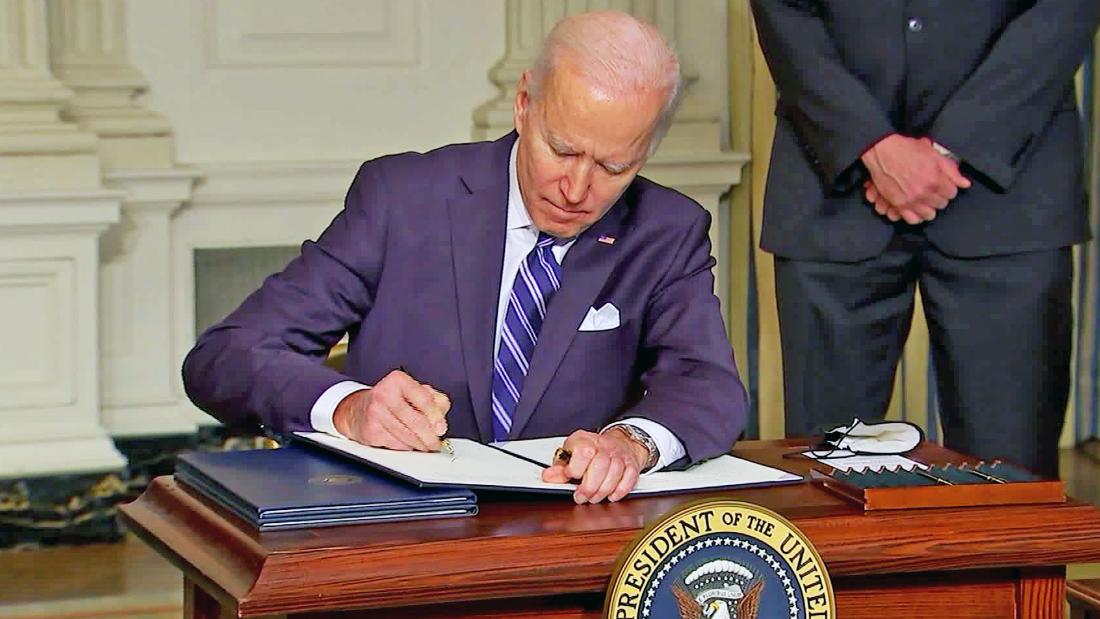It is certainly an ambitious goal. Measuring the viability of Biden’s plan is quite difficult and depends on several variables, including whether Congress will pass climate legislation. Biden proposed a $ 2 trillion climate plan, which includes spending on things like reforming green energy infrastructure in the U.S. Green jobs are also difficult to define, with different studies varying widely on the type of jobs they choose to include. To put it in context, it is also worth examining President Barack Obama’s climate and energy efforts, many of which have been revoked by President Donald Trump, and the effect they have had on green jobs.
Clean energy jobs numbers
Measuring the viability of the Biden plan requires first establishing what these clean energy jobs are and obtaining good data to establish a baseline and historical trends, which is not easy.
The Bureau of Labor Statistics studied what it called “green jobs” starting in 2010, before budget cuts stopped the study in 2013. The BLS defined these jobs broadly, in part as those “in which workers’ roles involve make your establishments’ production processes more environmentally friendly or use less natural resources. “
This definition was not limited to those who directly contribute to the construction, installation or maintenance of green energy technology, but it was so broad that it included sewage jobs, editors of environmental trade publications and environmental and science museums, to name a few.
A 2020 report by Environmental Entrepreneurs, a non-partisan group of business leaders focused on the environment and the economy, concluded that “[b]Before the COVID-19 crisis, almost 3.4 million Americans worked with clean energy – solar, wind, energy efficiency, clean vehicles and more. “
Bob Keefe, executive director of Environmental Entrepreneurs, said the study did not focus on the broad category of “green jobs”, but on jobs involved in the clean energy process.
“[P]People can call what they want a green job, “said Keefe,” whether it’s someone who works in recycling or something. OK, okay, these are green jobs. I’m talking about clean energy jobs. “
Obama’s efforts
Obama, who campaigned strongly to tackle climate change, faced significant obstacles everywhere, from the courts, legislation dying in the Senate and finally having many of his government’s new environmental regulations overturned by President Donald Trump.
A study led by Professor David Popp of Syracuse examined the “green” funds of the Recovery Act – with a focus on environmental issues – and found that for every $ 1 million spent, 10 new jobs were created a few years later.
“Almost all of these jobs were labor, many of them in construction,” Popp told CNN. “A lot of this was planned because it was where the money was going” through energy efficiency renovations and installation of renewable energy infrastructure.
“[Obama] had a major setback and then lost control of Congress, “Adam Rome, an environmental historian at the University of Buffalo, told CNN.
Although Democrats control Congress only by a narrow margin, Rome said, Biden could have the opportunity to work towards “legislative, non-executive action” to deal with climate change.
“Biden, I think, recognizes that he has the New Deal type of moment here,” said Rome.
Biden Challenge
The current pandemic also creates limitations on what Biden can accomplish in Congress, with most members focused on a Covid-19 economic stimulus package. And if the president fails to approve a stimulus package, it is extremely unlikely that his climate agenda will do so.
Even if Biden approves his energy plan, through a Senate with strong disagreements over environmental policies, experts disagree on whether his goal of millions of clean energy jobs is achievable.
“If the question is, I think Biden’s plans are going to create millions of jobs, the answer is yes,” Keefe told CNN. “Is it 10 million? Is it 20 million? I think that is yet to be determined.”
Benjamin Zycher, a resident scholar focused on energy and environmental policy at the American Enterprise Institute, a right-wing think tank, told CNN that “more expensive energy means fewer jobs. Simple as that.”
“The best you could hope for,” said Zycher, “is merely a shift in employment from other sectors to green sectors, whatever the definition.”
